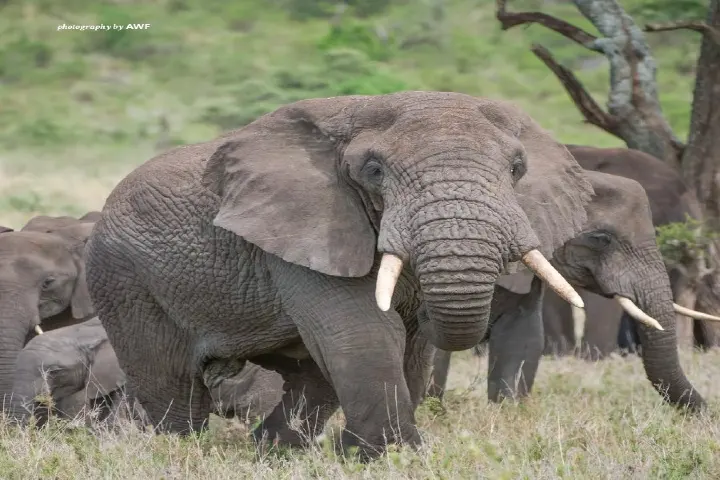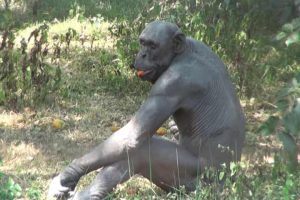An elephant’s trunk is an incredible part of its body and this long nose can do multitasking as it is used for eating, smelling, drinking, breathing and trumpeting. While being very powerful it is extremely nimble too – the same body part can lift more than 300 kilograms and also deftly pick up a single blade of grass.
Aptly describing the trunk, Georgia Institute of Technology’s Andrew Schulz, a mechanical engineer said: “It’s like a muscular multitool.”
As per a report in smithsonianmag.com, scientists intrigued with the multi-tasking ability of the mammal’s trunk have studied its facial motor nucleus located in the brain. The facial motor nucleus manages the muscles of the face including the trunk according to a statement.
Details of the research which have appeared in Science Advances have disclosed that these animals have tens of thousands of facial neurons — much more than other land mammals – and this could explain the trunk’s extraordinary skills.
Commenting on this, the study’s co-author Michael Brecht told Wall Street Journal: “As you might have expected because of their size and because of elephants’ very special facial abilities, there are six times more neurons that innervate the musculature of the elephant face compared to humans.”
Brecht is a researcher at Berlin’s Humboldt University.
Researchers looked at the brains of four Asian elephants and four African savanna elephants and it was discovered that nearly 50 per cent of the animal’s facial neurons are devoted to the trunk. Yet, the two species have some vital neural differences. The two species use the trunks for distinct purposes which shows the difference in their brains. The African one has two “fingers” at the tip of its trunk which they use to hold objects while the Asian species which has only one finger picks up an item by wrapping its trunk around it.
Co-author of the study Thomas Hildebrandt who is from the Leibniz Institute for Zoo and Wildlife Research in the statement said: “This kind of pincer grip requires much dexterity with the trunk tip. Not surprisingly, we see in the brains of African elephants prominent neuron clusters for the control of the fingertips.”
Both the types have dissimilarity when it comes to the ears too. Of its 63,000 facial neurons, the African species has 12,000 controlling the ears. In the case of Asian variety only 7,500 of 54,000 facial neurons are devoted to ears. This could be attributed to differences in their physical features – the Asian have rounder and smaller ears as compared to the African ones.
Talking about this, George Washington University’s biological anthropologist, Chet Sherwood who was not part of the study, said: “It’s a beautiful example of how species’ diversity in brain structure maps to a body’s specialized anatomy.”
Brecht feels that this study could trigger more research on the brains of other larger animals, including human beings.
Also read: Asian elephants mourn their dead and comfort each other!




















